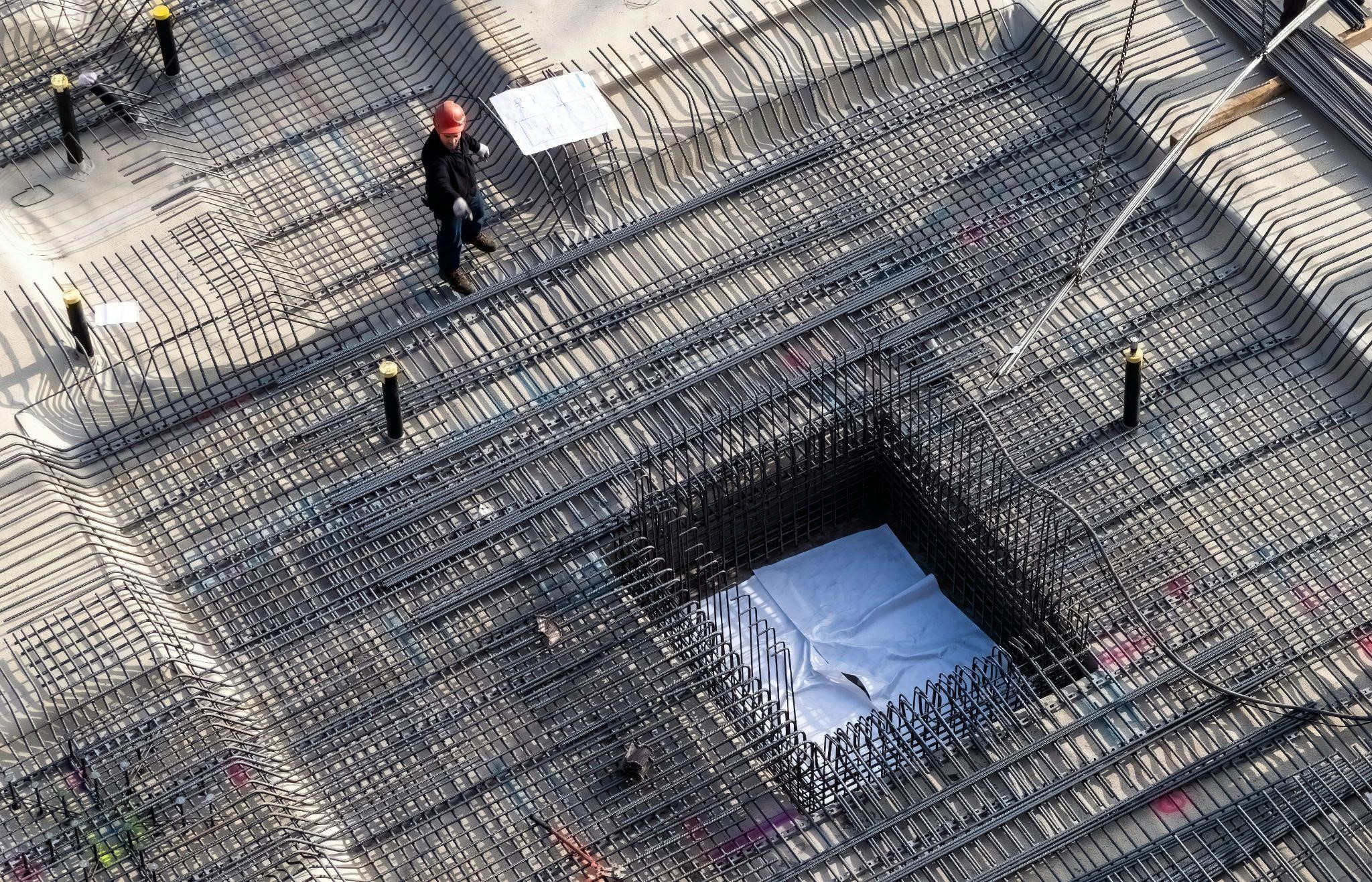
Climate change has been an issue for decades; it is already unfolding. Sea-level rise, extreme storms, unpredictable weather patterns, and the construction industry’s traditional views on waterproofing are being challenged.
If you’re constructing or designing a project, include this lesson about climate change and building durability. Choosing the proper waterproofing method is no longer just about cost; it’s about long-term effectiveness.
Exploring menu prices can help you plan your budget better. Knowing costs allows for smarter choices when dining out. Restaurants offer varied prices, ensuring options for everyone. Consider specials and discounts for more savings. Always check updated prices before visiting.
Content
Why You Should Waterproof Your Property?
Waterproofing protects buildings against water damage, mold, and rot, but standard methods may not be enough as climate change worsens. Today’s buildings contend with higher-intensity rainstorms, more powerful hurricanes, and wide temperature variations that can break down waterproofing systems much faster than before. If you’re making something you want to last, you must have fabrics, metals, or wood that can withstand the elements.
How Climate Change Affects Waterproofing Decisions?
Climate change affects waterproofing through:
- More Flash Flooding: Cities are experiencing more flash floods, which are overwhelming drainage systems and putting buildings at risk of prolonged wetting. It means you need not only more powerful but also more flexible waterproofing systems.
- Rising Heat: Excess temperatures can cause some waterproofing systems to crack, shrink, or lose their protective function. Therefore, you require heat-resistant solutions now.
- Stronger Storms: The challenging truth is that the wind and torrential rain test waterproofing systems. The materials used must be durable enough to withstand these extreme conditions.
Waterproofing Solutions for Climate Change
Bitumen for Waterproofing in Heavy Rain
Fill bituminous waterproofing areas, especially flooding water areas, as the heavy rain because they are more constant up the heavy rain. An additional strategy is to utilize asphalt-based products to establish a water-resistant layer. But, except for the extreme creeps, it’s highly durable on roofs, basements, and foundations in dry and wet weather. If your project is in a flood-resistant area, this will be the right option for long-duration protection.
Coastal Structures and Marine Epoxy Coatings
Coastal areas face two threats: aggressive storms and saltwater intrusion. Epoxy marine coatings are barriers to water, chemicals, and corrosion. Initially designed for ships, these coatings have been repurposed for construction to protect concrete surfaces, bridges, and marine infrastructure. If your construction project is ocean-adjacent, epoxy marine protection can maximize the durability of your structures.
Select Green Waterproofing For Long Lasting Sustainability
Low-impact development also limits runoff. Potential climate change impacts flooring treatments. Material selection is essential when entering the house, so Moisture and changes in temperature can be detrimental to flooring, office carpet tiles, and carpeting in commercial spaces. Environmentally conservative options, such as green waterproofing systems, bolster waterproofing and aid with energy efficiency and urban cooling.
Wrapping Up
Climate change is already transforming how we build houses and infrastructures. No longer an afterthought, it is an essential bulwark against the vagaries of Mother Nature. So either bituminous waterproofing for heavy downpours or an epoxy marine coating for coastal protection, whatever you go for today will shield you from splurging out of kind tomorrow. So just do what you should be doing and do the right thing. So far, your plans are still solid in the rapidly changing climate.